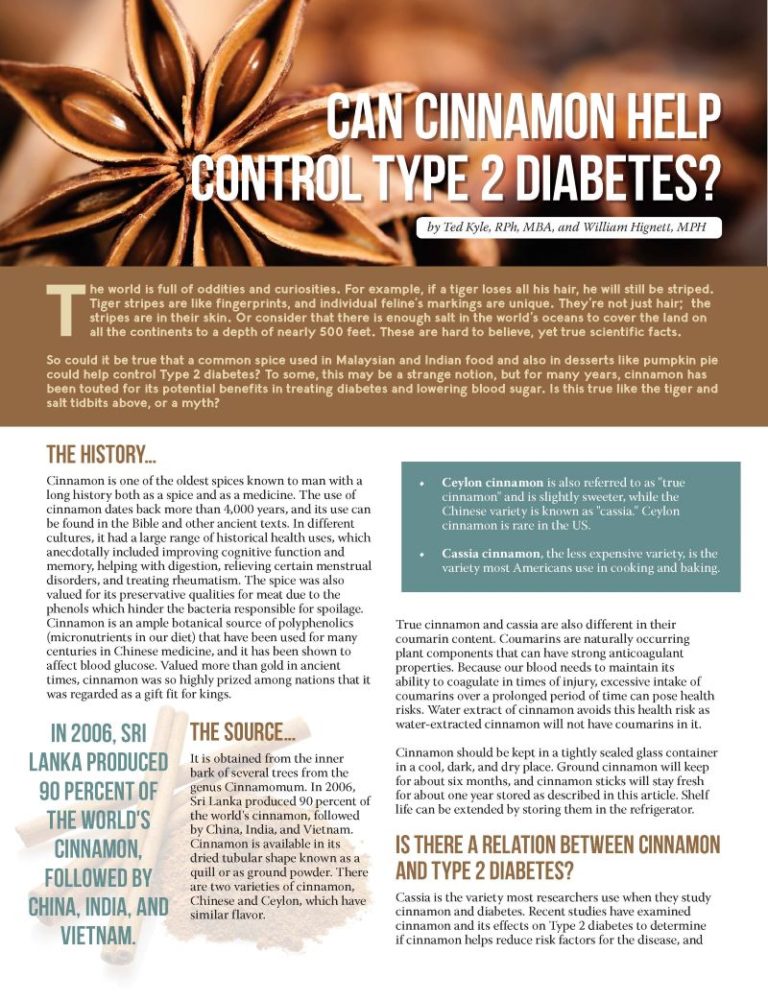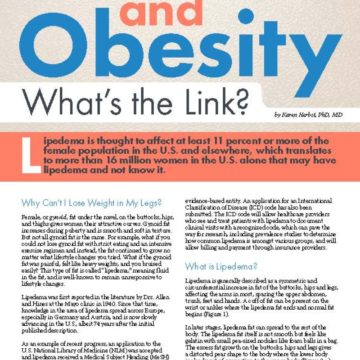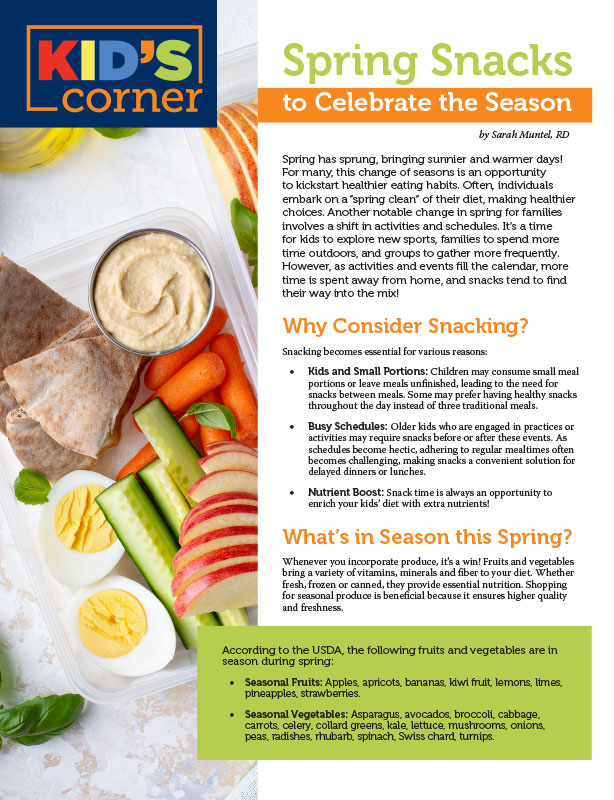Can Cinnamon Help Control Type 2 Diabetes?


by Ted Kyle, RPh, MBA, and William Hignett, MPH
Winter 2015
The world is full of oddities and curiosities. For example, if a tiger loses all his hair, he will still be striped. Tiger stripes are like fingerprints, and individual feline’s markings are unique. They’re not just hair; the stripes are in their skin. Or consider that there is enough salt in the world’s oceans to cover the land on all the continents to a depth of nearly 500 feet. These are hard to believe, yet true scientific facts.
So could it be true that a common spice used in Malaysian and Indian food and also in desserts like pumpkin pie could help control Type 2 diabetes? To some, this may be a strange notion, but for many years, cinnamon has been touted for its potential benefits in treating diabetes and lowering blood sugar. Is this true like the tiger and salt tidbits above, or a myth?
The history…
Cinnamon is one of the oldest spices known to man with a long history both as a spice and as a medicine. The use of cinnamon dates back more than 4,000 years, and its use can be found in the Bible and other ancient texts. In different cultures, it had a large range of historical health uses, which anecdotally included improving cognitive function and memory, helping with digestion, relieving certain menstrual disorders, and treating rheumatism. The spice was also valued for its preservative qualities for meat due to the phenols which hinder the bacteria responsible for spoilage. Cinnamon is an ample botanical source of polyphenolics (micronutrients in our diet) that have been used for many centuries in Chinese medicine, and it has been shown to affect blood glucose. Valued more than gold in ancient times, cinnamon was so highly prized among nations that it was regarded as a gift fit for kings.
The source…
It is obtained from the inner bark of several trees from the genus Cinnamomum. In 2006, Sri Lanka produced 90 percent of the world’s cinnamon, followed by China, India, and Vietnam. Cinnamon is available in its dried tubular shape known as a quill or as ground powder. There are two varieties of cinnamon, Chinese and Ceylon, which have similar flavor.
- Ceylon cinnamon is also referred to as “true cinnamon” and is slightly sweeter, while the Chinese variety is known as “cassia.” Ceylon cinnamon is rare in the U.S.
- Cassia cinnamon, the less expensive variety, is the variety most Americans use in cooking and baking.
True cinnamon and cassia are also different in their coumarin content. Coumarins are naturally occurring plant components that can have strong anticoagulant properties. Because our blood needs to maintain its ability to coagulate in times of injury, excessive intake of coumarins over a prolonged period of time can pose health risks. Water extract of cinnamon avoids this health risk as water-extracted cinnamon will not have coumarins in it.
Cinnamon should be kept in a tightly sealed glass container in a cool, dark, and dry place. Ground cinnamon will keep for about six months, and cinnamon sticks will stay fresh for about one year stored as described in this article. Shelf life can be extended by storing them in the refrigerator.
Is there a relation between cinnamon and Type 2 diabetes?
Cassia is the variety most researchers use when they study cinnamon and diabetes. Recent studies have examined cinnamon and its effects on Type 2 diabetes to determine if cinnamon helps reduce risk factors for the disease, and if cinnamon improves insulin sensitivity and glucose tolerance, reduces blood glucose, lowers hemoglobin A1C, and aids glucose control and lipid parameters. The results across human and animal studies are not clear.
Many of the in-vitro (outside the body) and animal in-vivo (inside the body) studies provide evidence that suggests that cinnamon has anti-inflammatory, antimicrobial, and antioxidant properties, and may act to improve the effectiveness of insulin activity. A large number of studies conducted in humans show improvements in fasting blood glucose and a decrease in insulin concentration. On the other hand, some other studies including meta-analyses, such as one in Diabetes Care, have concluded that the use of cinnamon did not significantly alter A1C or fasting blood glucoses. Results are uneven across studies most likely because clinical trials have used different forms and amounts of cinnamon, as well as types of subjects, and may not have accounted for medications taken by the subjects.
What then is the takeaway with cinnamon’s use in Type 2 diabetes?
Maria Collazo-Clavell, MD, from the Mayo Clinic writes that “recent research suggests that cinnamon may be helpful as a supplement to regular diabetes treatment in people with type 2 diabetes.” She also notes that more clinical studies are needed to confirm findings and determine why cinnamon leads to benefits. Dr. Laura Shane-McWharter from the Joslin Diabetes Center summarized the benefits of and considerations for using cinnamon: it increases insulin sensitivity and may lower blood glucose and lipids (but not HbA1C).
The answer to using cinnamon as an adjunct to the treatment of Type 2 diabetes is not completely known. So consider this: science has been mostly concerned with universals – conclusions that apply principles or discoveries to everyone. Journalist and author Malcolm Gladwell points out that science has recently been moving from the search for universals to seeking understanding of variability. As we apply this thinking to the question of whether cinnamon could help control Type 2 diabetes, we may find a place for cinnamon. The spice has been shown to increase insulin sensitivity and has been shown to lower fasting blood glucose for some, and it is a safe substance. It’s far from being a replacement for conventional medical therapy, but the ongoing research bears watching.
About the Authors:
William Hignett, MPH, is a disease management expert with a public health and a business background.
Ted Kyle, RPh, MBA, is a pharmacist and health marketing expert and is also Chairman of the OAC National Board of Directors.
by Sarah Muntel, RD Spring 2024 Spring has sprung, bringing sunnier and warmer days! For many, this…
Read Articleby Sarah Ro, MD; and Young Whang, MD, PhD Fall 2023 Mary, a postmenopausal woman with a…
Read Articleby Rachel Engelhart, RD; Kelly Donahue, PhD; and Renu Mansukhani, MD Summer 2023 Welcome to the first…
Read Article








